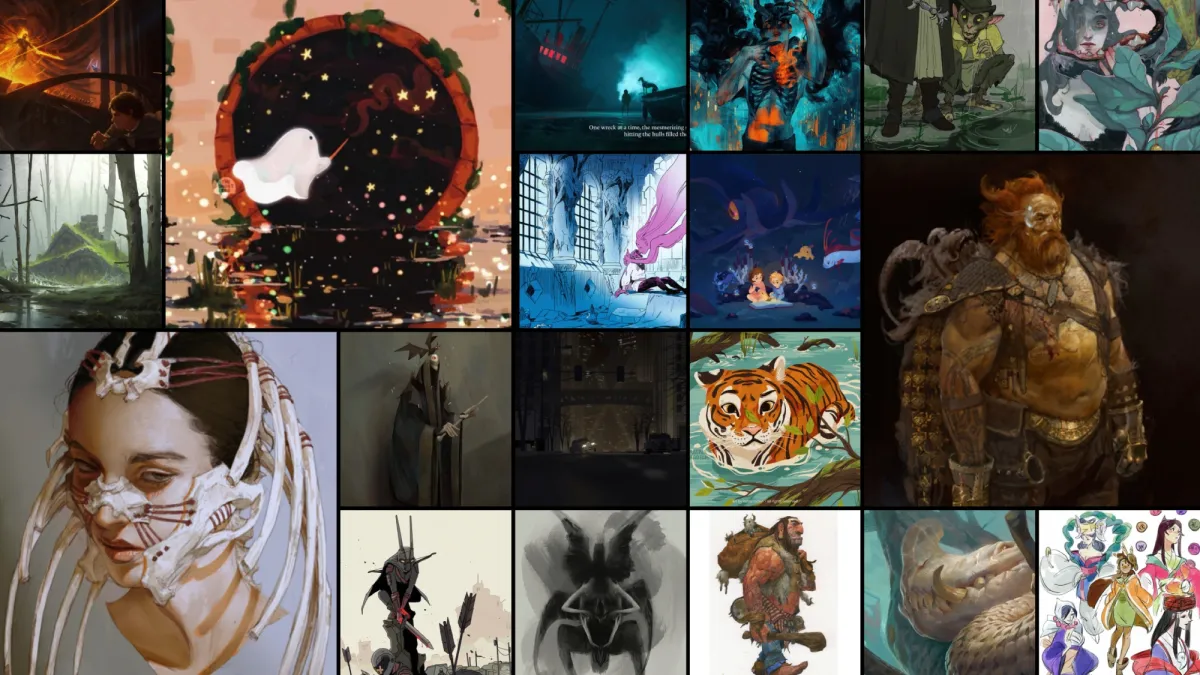
The Rise of Cara: Artists Seek Refuge from Meta’s AI Policies
In the tumultuous landscape of social media, artists find themselves at odds with tech giants over the use of their creations in training artificial intelligence. The recent backlash against Meta’s AI policies has sparked a surge in interest towards Cara, an artist-centric platform emerging as a sanctuary from predatory practices.
For many artists, platforms like Instagram serve as essential tools for showcasing their artistry and connecting with potential clients. However, Meta’s utilization of public posts for AI training purposes, coupled with limited opt-out options, has exacerbated tensions within the artistic community. The European Union’s GDPR provides some protection, but for the global artist community, frustration has reached a boiling point.
Renowned photographer and Cara founder, Jingna Zhang, articulates the sentiment shared by many artists, emphasizing the growing discontent with Meta’s approach. In an interview with TechCrunch, Zhang highlights the irony of presenting artists with the option to opt out while simultaneously complicating the process, further fueling their frustration.
Cara, with its rapid ascent in user numbers, emerges as a promising alternative for artists seeking a platform free from the shadows of AI exploitation. Functioning as a fusion between Instagram and an artist-centric network, Cara offers a space where creators can showcase their portfolios and engage with a supportive community. Jingna Zhang’s leadership, coupled with her advocacy for artist rights, positions Cara as a beacon of hope in an industry grappling with ethical dilemmas surrounding AI usage.
As artists continue to navigate the complexities of intellectual property rights in the digital age, figures like Jingna Zhang exemplify the resilience and determination driving the quest for fair treatment. With ongoing legal battles against tech giants like Google and initiatives to safeguard artists’ creative rights, Cara emerges as not just a platform, but a symbol of solidarity and empowerment for the artistic community.
You may also like
Archives
Calendar
| M | T | W | T | F | S | S |
|---|---|---|---|---|---|---|
| 1 | 2 | 3 | 4 | 5 | 6 | 7 |
| 8 | 9 | 10 | 11 | 12 | 13 | 14 |
| 15 | 16 | 17 | 18 | 19 | 20 | 21 |
| 22 | 23 | 24 | 25 | 26 | 27 | 28 |
| 29 | 30 | 31 | ||||
Leave a Reply